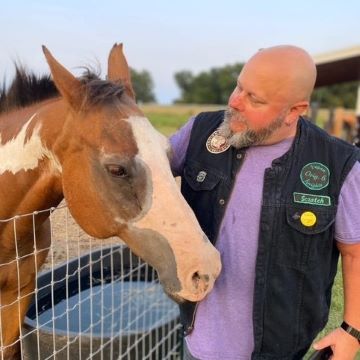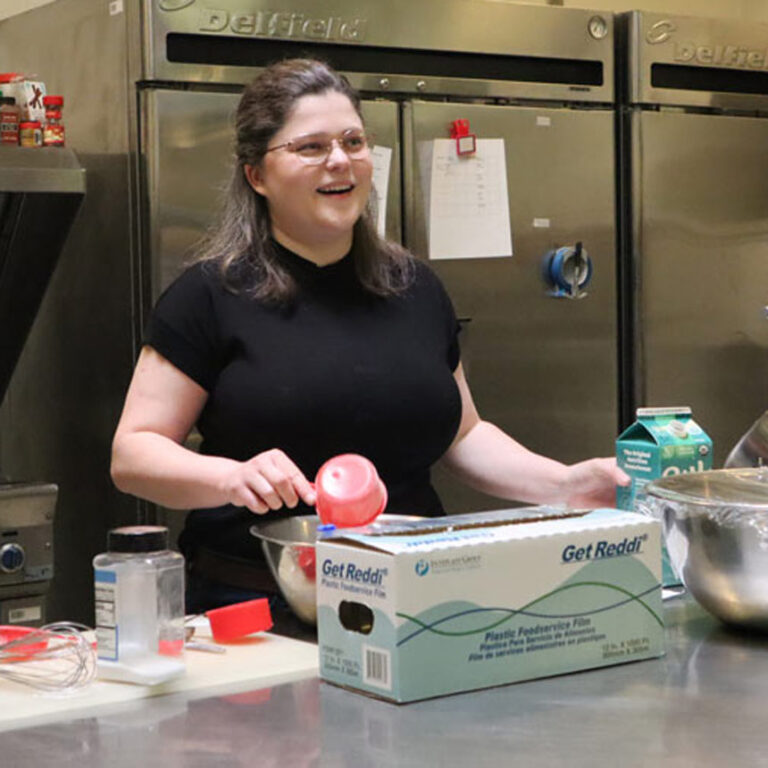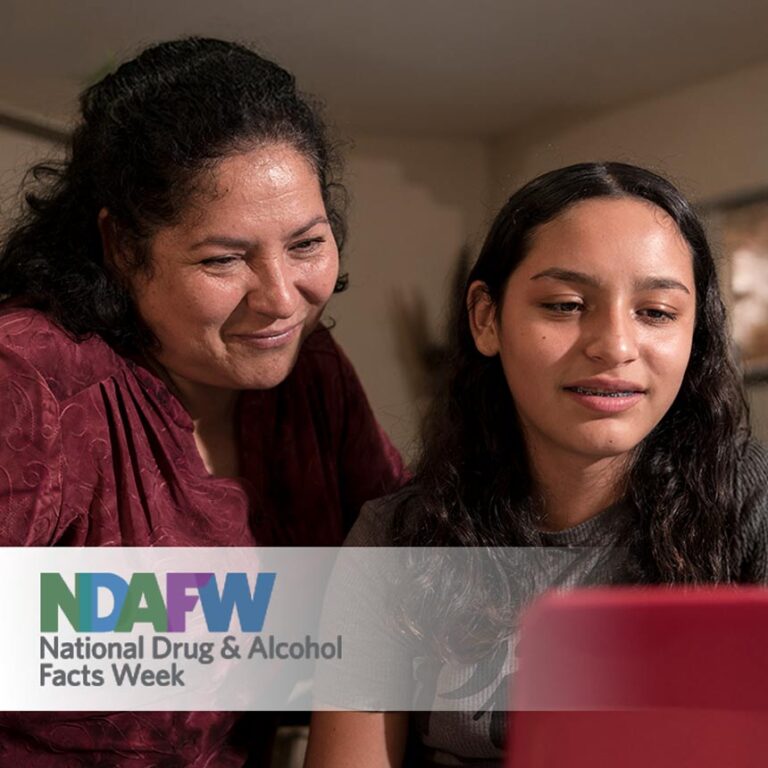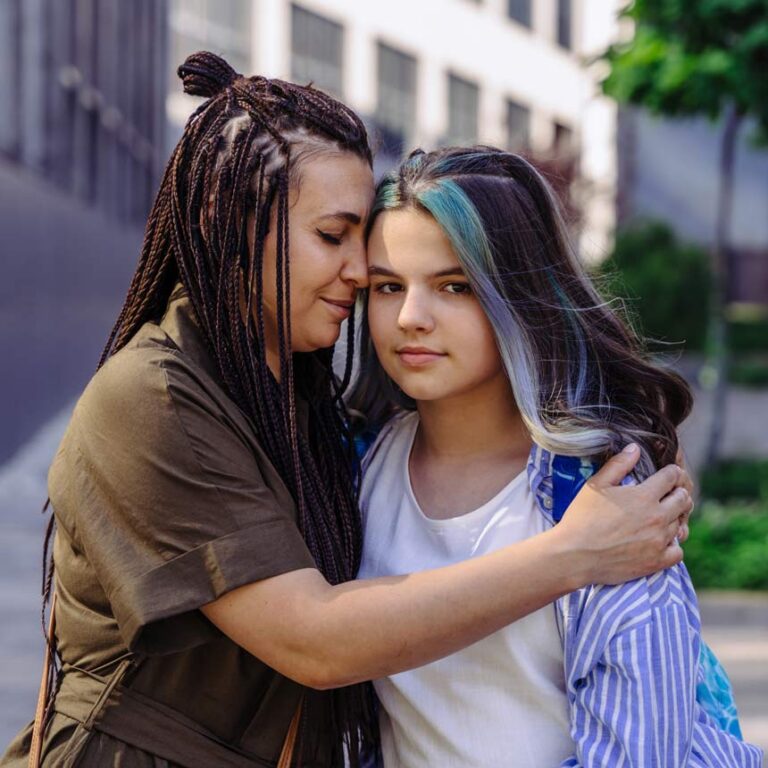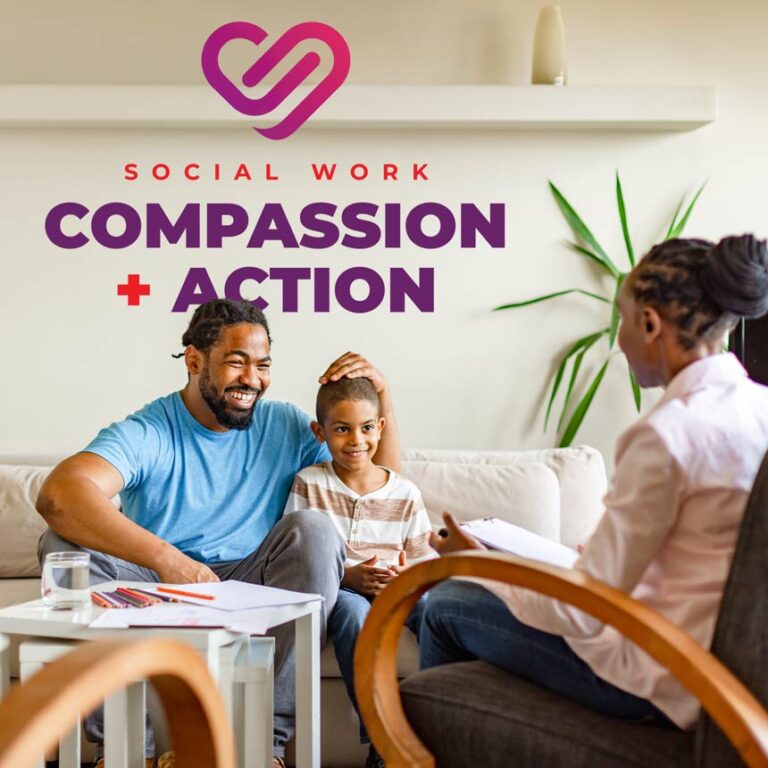
Oregon prides itself on surpassing other states in many areas, but there is one statistic where we’re hoping to get a zero. For years, Oregon’s suicide rate has been higher than national trends. That’s why LifeWorks NW is taking an active role in the Zero Suicide Initiative, with support from both a state and Washington County coordinator. This nationwide initiative seeks to create communities where individuals, families, their doctors, and mental health and addiction providers all work together to end suicide attempts and eliminate the possibility of attempts ending in death.
Oregon’s first Zero Suicide Academy cohort completed
extensive education this fall, with participants from LifeWorks NW, Washington
County Behavioral Health, and other metro providers. The Oregon Health
Authority received funding from a private donor and plans to take this
statewide.
LifeWorks NW began implementing projects even before
completing the months-long learning collaborative. The efforts made by
LifeWorks NW’s staff have already helped them reduce client suicide attempts
ending in death by 29% in the first year.
A huge part of this effort is helping clinicians and their
families become more comfortable actively engaging with clients on this topic.
Surprisingly, even doctors and therapists find asking someone about their risk
of suicide challenging, and it is especially hard for loved ones. Training and tools offered to clinicians and
families can help them provide much needed support.
LifeWorks NW has initiated a wide scope of efforts,
including providing screenings and safety plans to all clients, then follow up
ongoing support to both at risk clients and family members.
“Our goal in participating in the Zero Suicide Academy is to see how to use our systems to help staff provide excellent clinical care,” says Diane Benavides Wille, LifeWorks NW project lead and Director of Equity & Inclusion. “We want to ensure consistent efforts across the system, creating both client-centric and electronic pathways to make it easy for clinicians to follow a tested protocol. By having the hard conversations with clients, and tracking their needs and concerns, we can provide ongoing support to anyone at risk.”
In addition, the cohort created materials for use in the home by individuals and family members to help them recognize danger signs and address concerns. They also developed a process and strategy for safeguarding medications and firearms in the home to make sure items often used in suicide attempts aren’t readily available.
“We have seen a significant drop in completed suicides
already,” said Benavides Wille. “But this is a health concern that can destroy
not only the individual, but their entire family. We won’t be satisfied until Oregon’s
number is zero and stays that way in the future.”





